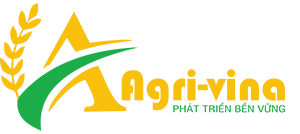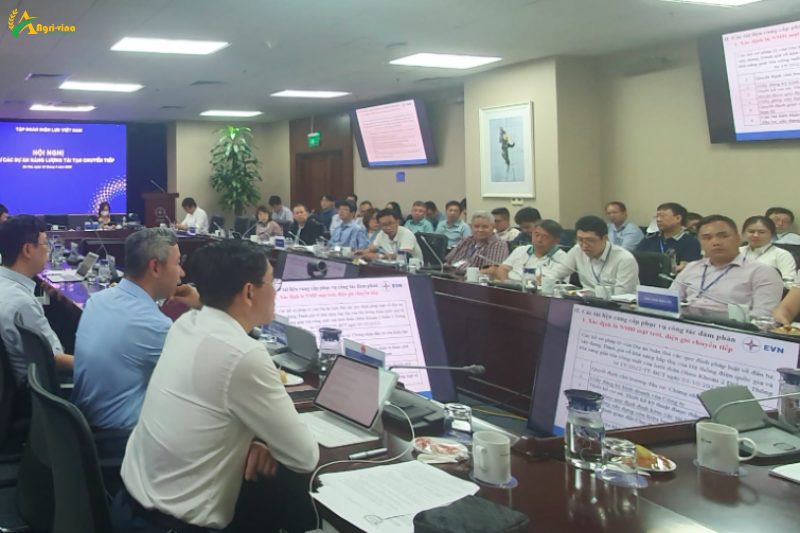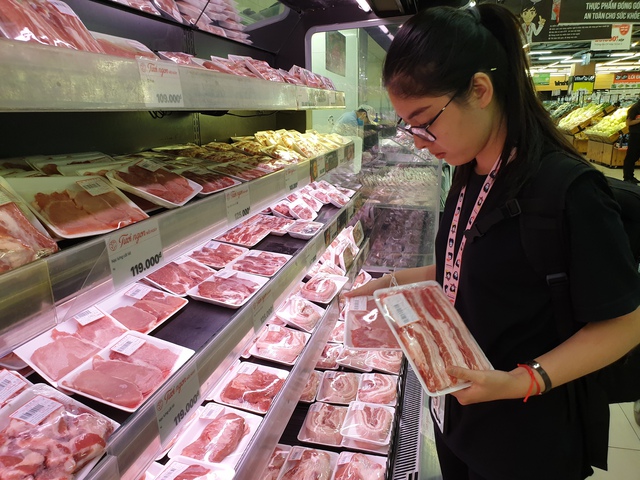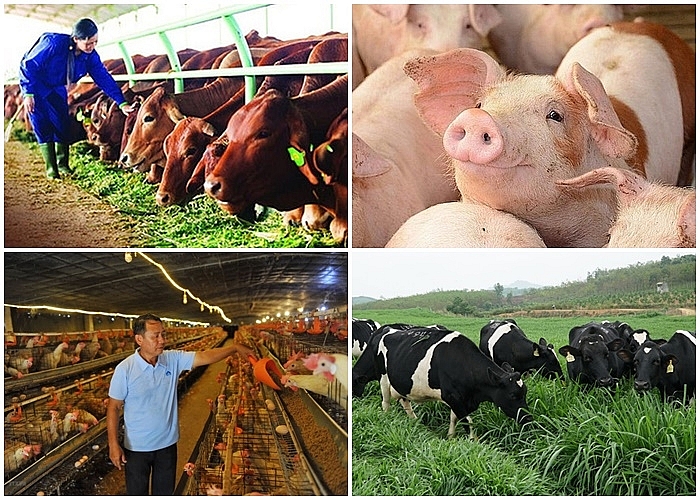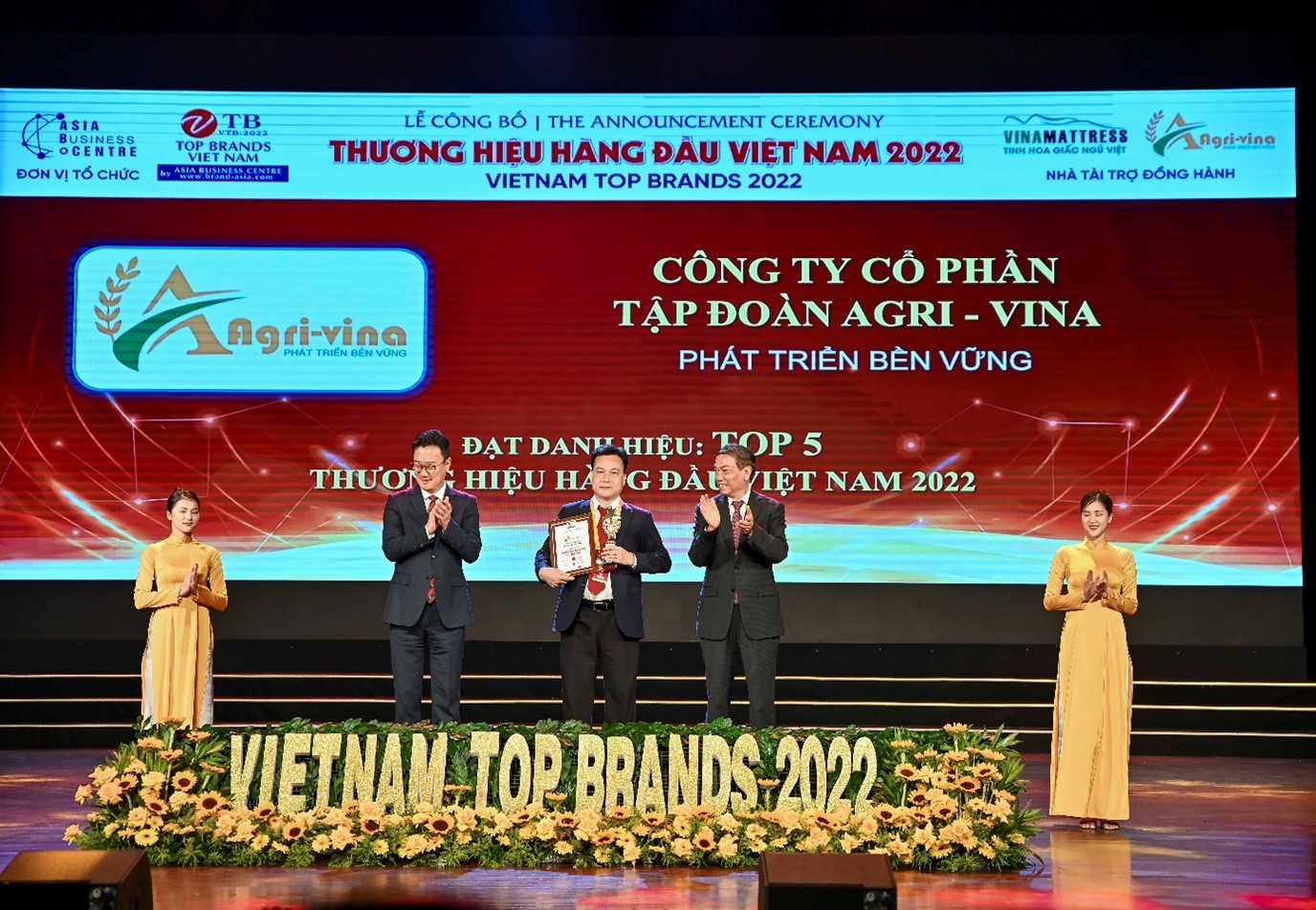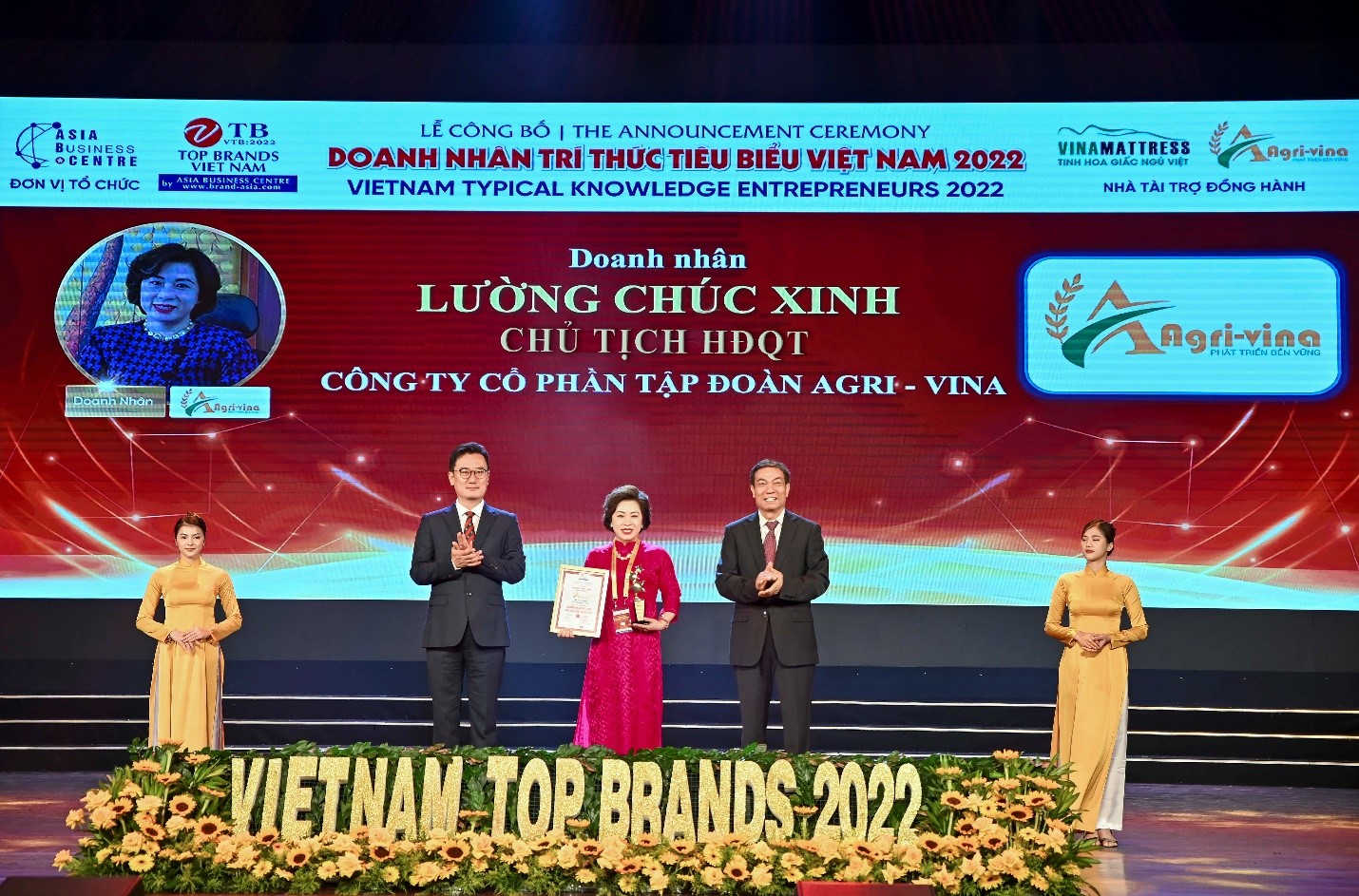- agrivina999@gmail.com
- No. 152 Thuy Khue, Tay Ho District, Hanoi City, Vietnam
News
Smart agriculture in the 4.0 era
Smart agriculture, a new term that applies only to IoT solutions in agriculture, helps farmers better control the process of raising and growing crops.
With the increasing adoption of the Internet of Things (IoT), connected devices are pervading every aspect of life, from health and transportation to home automation solutions. automobile and agriculture.
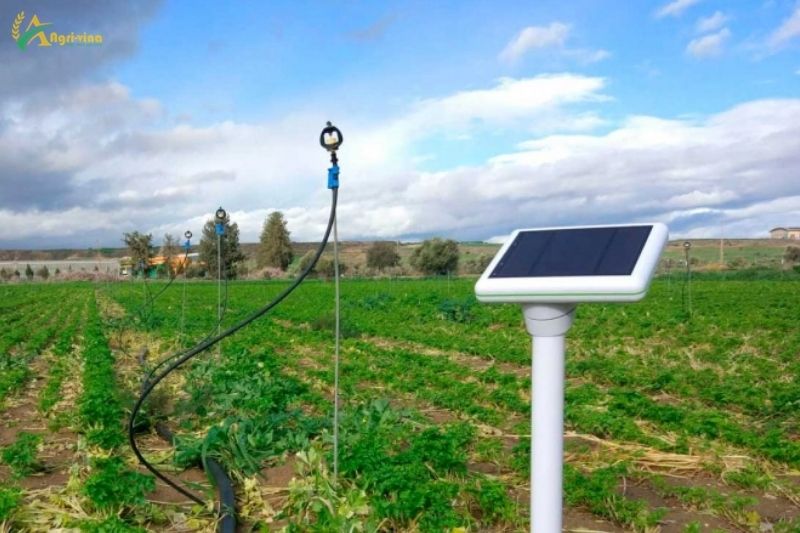
IoT in agriculture gives farmers better control, while reducing reliance on unpredictable factors like weather, and optimizing each process in the production chain, according to Busines Insider.
For example, to monitor the condition of crops, farmers will install sensors for each tree, thereby determining exactly how many pesticides and fertilizers are needed until harvest.
In many regions of the world, Covid-19 has not been fully controlled, leading to disruptions in the supply chain of input materials and shortages of qualified workers.
"This situation will last for at least a few years," predicts a professor at the American Institute of Biological, Environmental & Rural Sciences. The smart farming market size could grow to USD 6.2 billion by 2021, before tripling by 2025, reaching USD 15.3 billion.
There are 5 reasons IoT helps improve agricultural performance.
First, is the billions of data collected by smart agricultural sensor systems, such as weather conditions, soil quality, regional growth rates by crop, or herd health over time. real time.
Second, due to real-time-based tracking, facility owners can proactively plan product delivery according to growth. Also by closely monitoring the actual output, farmers will avoid being forced by small traders for reasons such as crop failure, or poor quality every year.
Third, labor productivity is certainly increased by many automated processes such as irrigation, fertilization, pest control, etc.
Fourth, monitor product quality right from the time of harvest, based on reports and comparisons over the years. From there, it will be easier for farmers to maintain higher standards of crop and livestock quality.
Finally, the production waste as well as the disposal costs minimized by the output of one cycle can be used as the input to another.
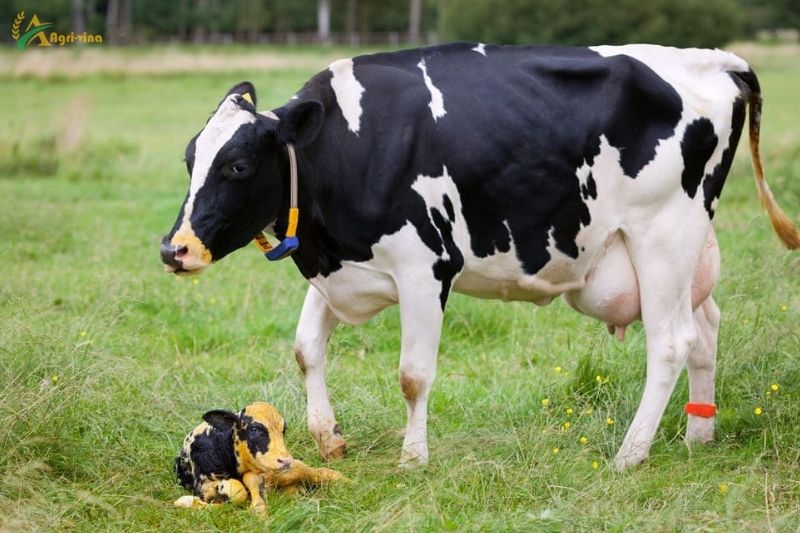
The cows are wearing collars to record their living habits and health status.
The most popular and best known smart agricultural equipment is weather monitoring stations, which combine smart farming sensors. Measurements from the environment are synchronized, thereby creating climate maps. Based on this map, farmers will cultivate correctly and choose the right crops accordingly.
Another example is greenhouse automation. If in the past, farmers manually intervened to control the greenhouse environment, with IoT, they only need to set up initial conditions, then let the computer system adjust factors such as light, temperature, etc. temperature, soil conditions and humidity.
The two most promising applications when bringing IoT to smart agriculture are livestock monitoring and drones. Unlike plants, cattle are more sensitive to external influences. Lessons from African swine fever are an example. Because it is not possible to control individual domestic pigs in the herd, one or several pigs come into contact with wild pigs and transmit the disease virus.
With IoT, each cattle will have a separate diary, set up to release, record their health status, habits, even their current position relative to the herd to give danger warnings. . Based on the data, the system will send accurate notifications to the ranchers about which cattle may have problems. Along with drones (UAVs), farmers can choose the level of herd tracking, depending on their needs.
Vietnam is an agricultural country that is gradually modernizing. However, the difficulty in applying IoT in real terms is application design. Farmers in our country do not have the habit of using smartphones or computers to control the farm situation. Instead, people still choose manual inspection as regular field visits.
Another factor is price. Vietnamese agricultural products often have a price advantage when exporting. If IoT is applied in many stages, even closing the cycle as the slogan of this technology is "from farm to fork", the cost can be inflated. Another difficulty is that the scale of agricultural production in Vietnam is quite fragmented when up to 70% of production households have an area of less than 0.5 hectares.
Around the world, tens and hundreds of hectares of farms have been using IoT for many years now, alongside other scientific advances such as AI (artificial intelligence) and blockchain.
Unlike Vietnam, the difficulty of developed countries such as the US, Germany, France... is data security. Due to the need for constant connectivity and control, foreign farmers are required to use wireless connections such as 4G, 5G or wifi to access data. This inadvertently creates security holes, because they are much less secure than using the internal LAN.
Data security in agriculture is still a strange concept to the majority of farmers, even when they use high-value devices such as drones. To fully benefit from IoT, they are recommended to maintain the system periodically, and should not keep a routine of data import and export.



